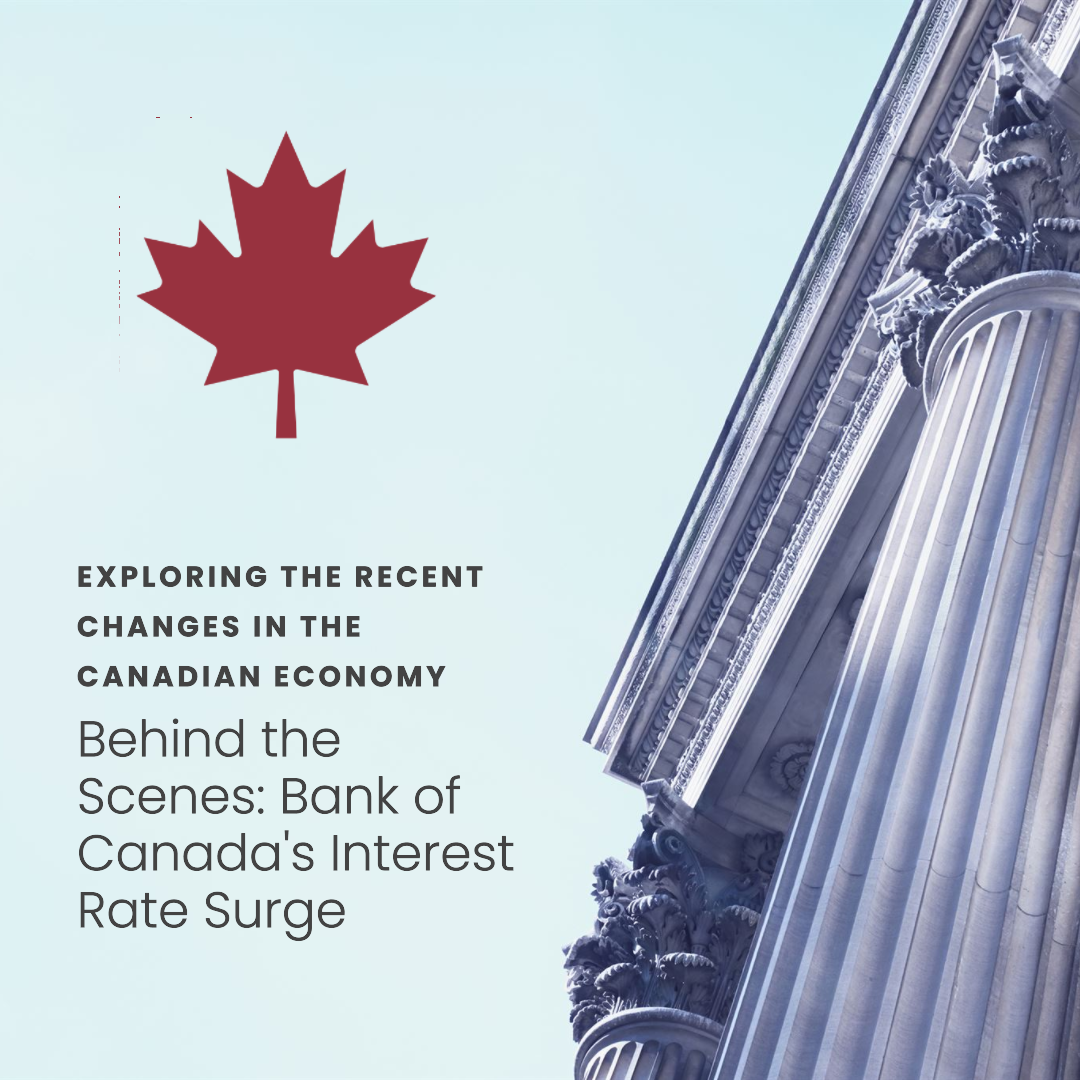
Today marked a key moment in Canada's economic landscape as the Bank of Canada announced an increase in its overnight interest rate to 5.00%. Citing ongoing inflation concerns and robust economic activity, the move was not unexpected, yet still manages to ripple across the financial sector.
Despite recent drops in the Consumer Price Index (CPI) inflation to 3.4% in May, core inflation seems to be sticking around more than anticipated. Factors like more frequent price increases by businesses, higher global demand, and a tight labour market are all fueling the fire.
As for the Canadian economy, it's been performing better than expected, with significant demand momentum. Consumer spending was robust in Q1, despite increasing interest rates, hinting at ongoing excess demand. The housing market is heating up too, with increased demand outpacing new construction and real estate listings, thus pushing up prices.
Looking globally, economic growth has surpassed expectations, especially in the United States. However, the situation is not uniform across the globe, with slowdowns in China and stagnant growth in the euro area. Meanwhile, the major central banks signal further interest rate hikes may be on the horizon to combat inflation.
What does this all mean for Canadians? It seems we're in for some significant adjustments. As the impact of higher interest rates filters through, the Bank of Canada expects economic growth to slow down. They're predicting average growth rates of around 1% through the second half of 2023 and the first half of 2024, then an uptick to 2.4% in 2025.
The forecast for CPI inflation shows it staying around 3% for the next year before a gradual decline to 2% by mid-2025. This slower-than-anticipated return to target has the Bank's Governing Council concerned about the progress toward its 2% inflation target.
The Bank maintains its commitment to restoring price stability and pledges to continue its policy of quantitative tightening. But as these changes roll out, what Canadians really need to be on the lookout for is the effect on core inflation, wage growth, excess demand, and corporate pricing behaviour. It's clear the Bank is determined to hit that 2% inflation target, and they're keeping a close eye on these key indicators.
Keep September 6th, 2023 marked in your calendars as the next scheduled policy rate announcement from the Bank. In the meantime, to understand how these changes can impact your financial decisions, reach out to #look4theLION powered by Greater Property Group. We're here to help you make sense of these key economic shifts and help you navigate your financial future with confidence.